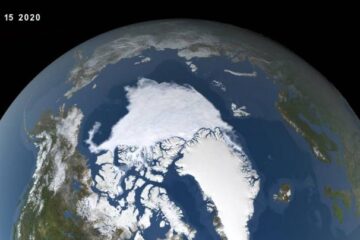Earth Sciences (also referred to as Geosciences), which deals with basic issues surrounding our planet, plays a vital role in the area of energy and raw materials supply.
Earth Sciences comprises subjects such as geology, geography, geological informatics, paleontology, mineralogy, petrography, crystallography, geophysics, geodesy, glaciology, cartography, photogrammetry, meteorology and seismology, early-warning systems, earthquake research and polar research.

In addition to being the last horizon for adventurers and spiritual seekers, the Himalaya region is a prime location for understanding geological processes. It hosts world-class mineral deposits of copper,…

International team of researchers finds the region has become greener as warmer air and soil temperatures lead to increased plant growth. As Arctic summers warm, Earth’s northern landscapes are changing….

NASA and the National Snow and Ice Data Center (NSIDC) at the University of Colorado Boulder shows that the 2020 minimum extent, which was likely reached on Sept. 15, measured…

Researchers present first global analysis of how effective and topographic catchment areas differ Topographically sketched catchment areas are a spatial unit based on the shapes of the earth’s surface. They…

The reactive and piecemeal approach historically used to manage beaches in Hawai’i has failed to protect them. If policies are not changed, as much as 40% of all beaches on…

Despite climate change being most obvious to people as unseasonably warm winter days or melting glaciers, as much as 95 percent of the extra heat trapped on Earth by greenhouse…